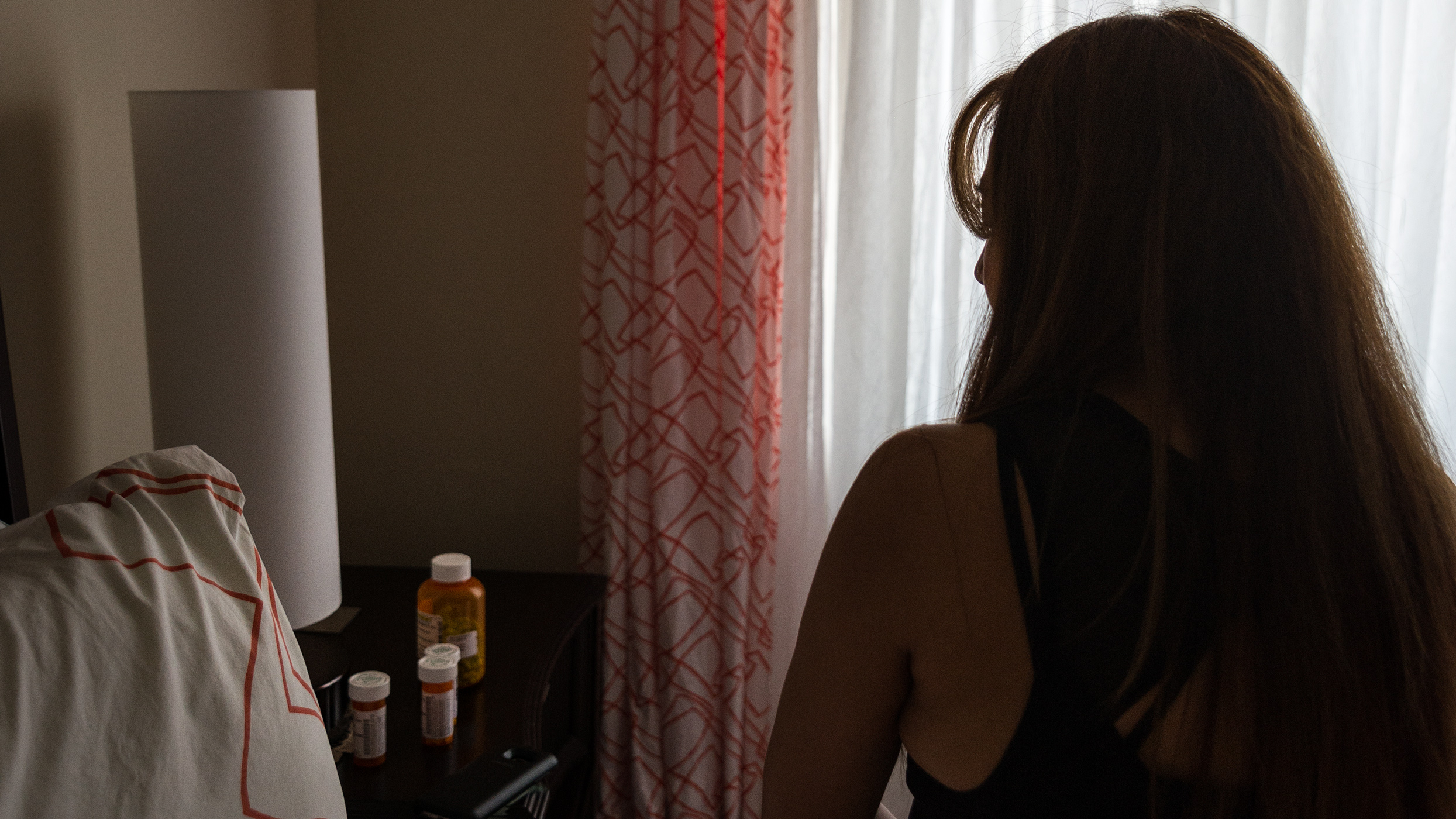The health care plight for L.A.'s poor
Medi-Cal has expanded but barriers still remain
Sitting in a one-bedroom home she shares with her sister and nephew near Thai Town in Los Angeles, Mercedes tearfully recounts the moment she was diagnosed with breast cancer. As she describes the scene in her doctor's office two years ago - it was just a routine mammogram - it becomes clear that the news of her disease was less traumatizing than the thought of having to pay for treatment. Mercedes is undocumented and uninsured.
"The first thing I said was, 'How much could this cost?' she said. "I didn't know where to go."
Mercedes, 48, arrived in the United States from Puebla, Mexico nine years ago with her brother and sister. She took jobs cleaning homes and caring for children. She asked that her full name not be used because of her immigration status.
Mercedes was diagnosed with breast cancer at an early stage and was told there was hope of it being completely removed. She paid out of pocket for initial testing. A couple months later she ended up at the emergency room with extreme pain in one of her breasts.
UNDOCUMENTED AND DIAGNOSED WITH CANCER
Living with cancer is difficult for anyone.
It is even harder when you are residing in a country where your legal status is "undocumented?" How can you hope to pay for medical treatments when you don't qualify for health insurance?
Click here if video does not play.
Two months later Mercedes underwent surgery at LA County-University of Southern California Medical Center. A special Medi-Cal program, covering emergency treatment for those who would not otherwise qualify for government aid, paid her bills.
Whether or not health care should be provided to everyone living in the United States is part of an ongoing national debate fueled by President Obama's signing of the Affordable Care Act in 2010. The election of President Trump, who promised to repeal the bill entirely during his campaign, intensified the conversation. There have been several failed attempts to repeal and replace the Affordable Care Act in the past few months.
Expanding Medicaid to more low-income patients is central to this national debate. According to a 2016 report, Medi-Cal, California's version of Medicaid, provides medical insurance to 37.8 percent of people living in LA County.
Medi-Cal plans are available in LA County through programs like Health Net and LA Care. Additionally, the Department of Health Services provides a program called My Health LA (MHLA) for those ineligible for Medi-Cal.
While Medi-Cal covers about one third of LA County, MHLA ensures care for more than 145,000 residents, and participants are not asked about their immigration status. Patients can only access care at county clinics and hospitals. It is a health care program - not an insurance plan.
Although Medi-Cal and other county programs have expanded, it still proves challenging for low-income patients to get to clinics. In an affluent area like Beverly Hills, there are about 16 clinics per 10,000 people. In East Los Angeles, there are less than two clinics per 10,000 people.
Dr. Greg Haroutunian, regional director for AltaMed Company, oversees more than 35 clinics in Los Angeles. AltaMed, established as a free clinic in East LA, is a health care system that serves Southern California. As a pediatrician for the company's Boyle Heights clinic, Haroutunian sees primarily low-income patients.
"Their life is a little more difficult than some other people," he says. "Sometimes they need transportation and they rely on somebody and they don't get it. They're not always technically savvy or able to call and cancel. Some of them have language barriers."
Government-funded health care services have expanded access for many people, including the poor. But patients and doctors alike say the quality of care remains low. The possible culprit: Medi-Cal and My Health LA are capped programs, meaning doctors receive a fixed rate for accepting patients, regardless of the number of times they see a patient or the services they provide.
For example, My Health LA pays providers $32 per patient, per month. Medi-Cal pays about $20 per patient, per month. This fixed rate is paid whether the doctor sees a patient 10 times that month or not at all.
Haroutunian is frustrated by capped health care programs because he says they encourage doctors to see patients less often.
"What they were trying to convince me to do is to prevent patients from coming to see me, that way I could collect the money without seeing them," Haroutunian said. "They're all encouraging fraud."
My Health LA's program director, Amy Luftig Viste, defends capped health care programs. She says they do not stand in the way of patients receiving adequate care, as long as clinics and hospitals are able to stay operational.
"You are incentivized to bring in patients less," she says. But "less is more if you're meeting patient needs."
Luftig Viste believes patients shouldn't have to go to the doctor more than is necessary, which fee for service care encourages. When patients go to the doctor only when needed, or for yearly checkups, it cuts costs for everyone.
Doctors, patients, and policymakers alike are trying to find an equilibrium within the system that will benefit all.

